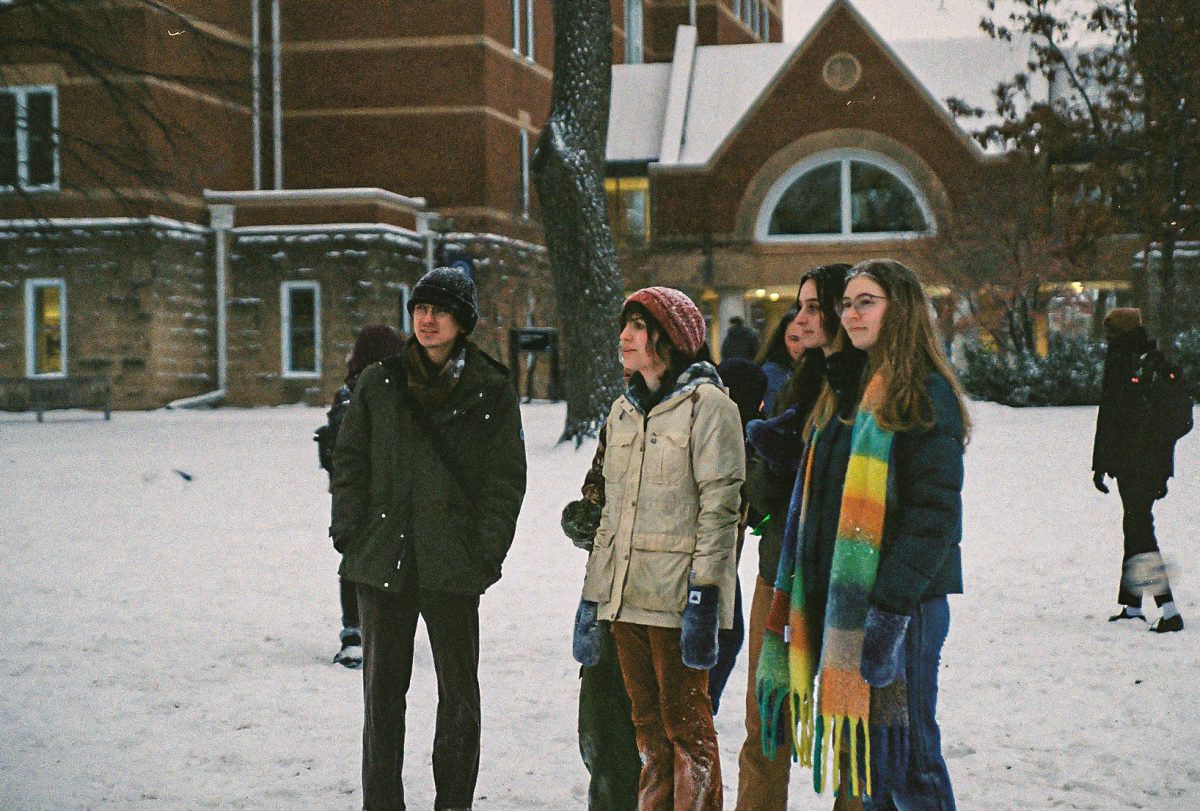When we talk about climate change, we talk about the greenhouse effect, but not always with scientific accuracy. This lack of scientific clarity begins with the name “greenhouse effect” itself. In the analogy, Earth’s atmosphere is equated to the glass in a greenhouse, trapping air in to be warmed by the sun, and thereby heating up the area beneath. This analogy is somewhat incorrect because the atmosphere does not trap air. Rather, it re-emits certain wavelengths of light energy back to Earth’s surface.
In conversations about climate change, the greenhouse effect is often blamed for planetary warming, but the greenhouse effect keeps us alive. Granted, the greenhouse effect is the mechanism that drives warming, but it is humans that are changing the composition of our atmosphere (adding more carbon dioxide and other greenhouse gases) and distorting the normal processes. In fact, Jean Baptiste Joseph Fourier discovered in the 1820s that if there were no atmosphere, and therefore no greenhouse effect, Earth would be much too cold for humans. Later scientists pinpointed the figure at about 0 degrees Fahrenheit.
So how does it work? When the sun shines on the Earth, the Earth receives heat energy in the form of sunlight. Most of this heat energy makes it through the atmosphere — with the notable exception of dangerous wavelengths of UV light — and warms the surface of the Earth upon contact. Due to fundamental physical laws about the conservation of energy within a system, the Earth re-emits energy at the same rate as it is received. This is captured in the equation Fin = Fout, where Fin is the rate of energy flow from the sun to the Earth, and Fout is the rate of energy flow from the surface of the Earth to outer space. However, though the Earth emits energy at the same overall rate, the Earth does not send sunlight back out to space. Instead, the Earth re-emits energy in the form of infrared light, which has a longer wavelength than sunlight.
The greenhouse effect occurs because the atmosphere acts like a barrier between Earth and outer space and complicates re-emission. Just as the atmosphere prevents harmful UV light from coming in, it slows infrared light’s escape. Think of the atmosphere as a layer over the planet. When escaping infrared light comes into contact with that layer, it is absorbed, and then re-emitted from the layer in all directions. About half of the light goes out to outer space, and the rest is re-emitted back down towards Earth. This increases the heat of the surface of the Earth and increases Fin, the amount of energy directed towards Earth’s surface. So in order to keep Fin = Fout, the Earth must increase the rate of infrared light emission, which then increases the amount of infrared hitting the atmosphere, and increases the amount being re-emitted both to outer space and back to Earth’s surface. Overall, this leads to more light energy on the surface of the Earth, which leads to a warmer planet. So why does the atmosphere keep some infrared light from escaping to outer space? This is where the greenhouse gases come in. The greenhouse gases are the part of the atmosphere that cause infrared light absorbed by the atmosphere to re-radiate in all directions. Earth’s atmosphere is approximately 78 percent nitrogen (N2) and 21 percent oxygen (O2), with the remaining 1 percent composed of trace gases, including greenhouse gases such as carbon dioxide (CO2), methane (CH4) and the most prevalent but least acknowledged greenhouse gas, water vapor (H20). The atoms of greenhouse gases vibrate at a speed and orientation that interacts with infrared light’s long wavelength, scattering the light in all directions. This vibration is a result of the type of bonds that hold the atoms of greenhouse gases together.
Take for example, CO2. The molecule has one C (carbon) and two Os (oxygen), all held together by bonds. In a large simplification, because there is one C and two Os, the molecule’s negative and positive charges are not perfectly “balanced,” causing the molecule to vibrate. The same is true of all of the atomic structures of greenhouse gases. Notice that the main components of the atmosphere, nitrogen and oxygen, are not greenhouse gases. This is because both are formed by two copies of the same atom: two Ns and two Os, respectively. These molecules are formed as mirror images and therefore do not vibrate at a frequency that interacts with infrared light.
The increase of carbon dioxide and other greenhouse gases is responsible for the increased warming of the planet through the greenhouse effect. “There’s a misconception that variability in the amount of energy coming from the sun is substantial enough to impact any observed warming,” says Professor Louisa Bradtmiller of the environmental studies department. Really, it’s all about the extra amounts of greenhouse gases. But wait. Hasn’t Earth seen higher concentrations of carbon dioxide previously?
“We’ve seen periods in history with higher concentrations of C02,” Professor Bradtmiller agrees. “But we don’t necessarily want to live in that world.” Those higher concentrations occurred way before human life on Earth, at a time when there was no ice and sea levels were hundreds of feet higher as a result.
Though carbon dioxide and other greenhouse gases only make up a small portion of Earth’s atmosphere, they have the ability to warm the planet as a whole by several degrees, changing the planet as we know it. “I think people are surprised at the difference a couple of degrees can make,” Professor Bradtmiller concludes. The greenhouse effect is a powerful thing.






Anne James • Sep 7, 2019 at 1:51 pm
Thanks for your post here. One thing I’d like to say is the fact most professional domains consider the Bachelor Degree just as the entry level requirement for an online degree. While Associate Diplomas are a great way to start out, completing your own Bachelors opens up many entrances to various employment goodies, there are numerous on-line Bachelor Diploma Programs available through institutions like The University of Phoenix, Intercontinental University Online and Kaplan. Another thing is that many brick and mortar institutions give Online variations of their college diplomas but usually for a extensively higher amount of money than the corporations that specialize in online college diploma programs.